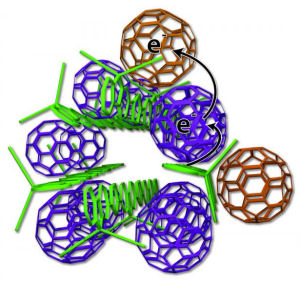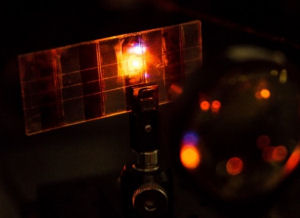
Developed with funding from the Bill & Melinda Gates Foundation, a self-contained, waterless, solar-powered toilet heats human waste to a high enough temperature to sterilize it and create biochar, a highly porous charcoal used to both increase crop yields and sequester carbon dioxide.
The inventors, from the University of Colorado Boulder, say the revolutionary thunderbox addresses the serious health problems in the developing world that result from food and water tainted with pathogens from fecal matter.
The CU-Boulder latrine consists of eight parabolic mirrors that focus concentrated sunlight to a spot no larger than a postage stamp on a quartz-glass rod connected to eight bundles of fiber-optic cables, each consisting of thousands of intertwined, fused fibers.
The energy generated by the Sun and transferred to the fiber-optic cable system can heat up the reaction chamber to over 600 degrees Fahrenheit to treat the waste material and turn it into biochar. “While the idea of concentrating solar energy is not new, transmitting it flexibly to a customizable location via fiber-optic cables is the really unique aspect of this project,” explained the privy’s co-developer Karl Linden, a professor of environmental engineering at CU-Boulder.
Biochar has good water holding capacity and it can be used in agricultural areas to hold in nutrients and bring more stability to the soils. Specifically, a soil mixture containing 10 percent biochar can hold up to 50 percent more water and increase the availability of plant nutrients. Biochar can also be burned as charcoal and provides energy comparable to that of commercial charcoal.
While the current solar lavatory has been created to serve four to six people a day, a larger facility that could serve several households simultaneously is under design with the target of meeting a cost level of five cents a day per user (a price set by the Gates Foundation).
Linden’s team is one of 16 around the world funded by the Gates’ “Reinvent the Toilet Challenge” that have now shipped their inventions to Delhi, where they will be on display next week for scientists, engineers, and dignitaries.
Related:
Discuss this article in our forum
Pop music boosts solar cell efficiency
Rhubarb battery could finally free solar households from the electricity grid
“Solar steam” generator outshines photovoltaic solar cells
Londoners lead in cell phone crap stakes


















Comments are closed.